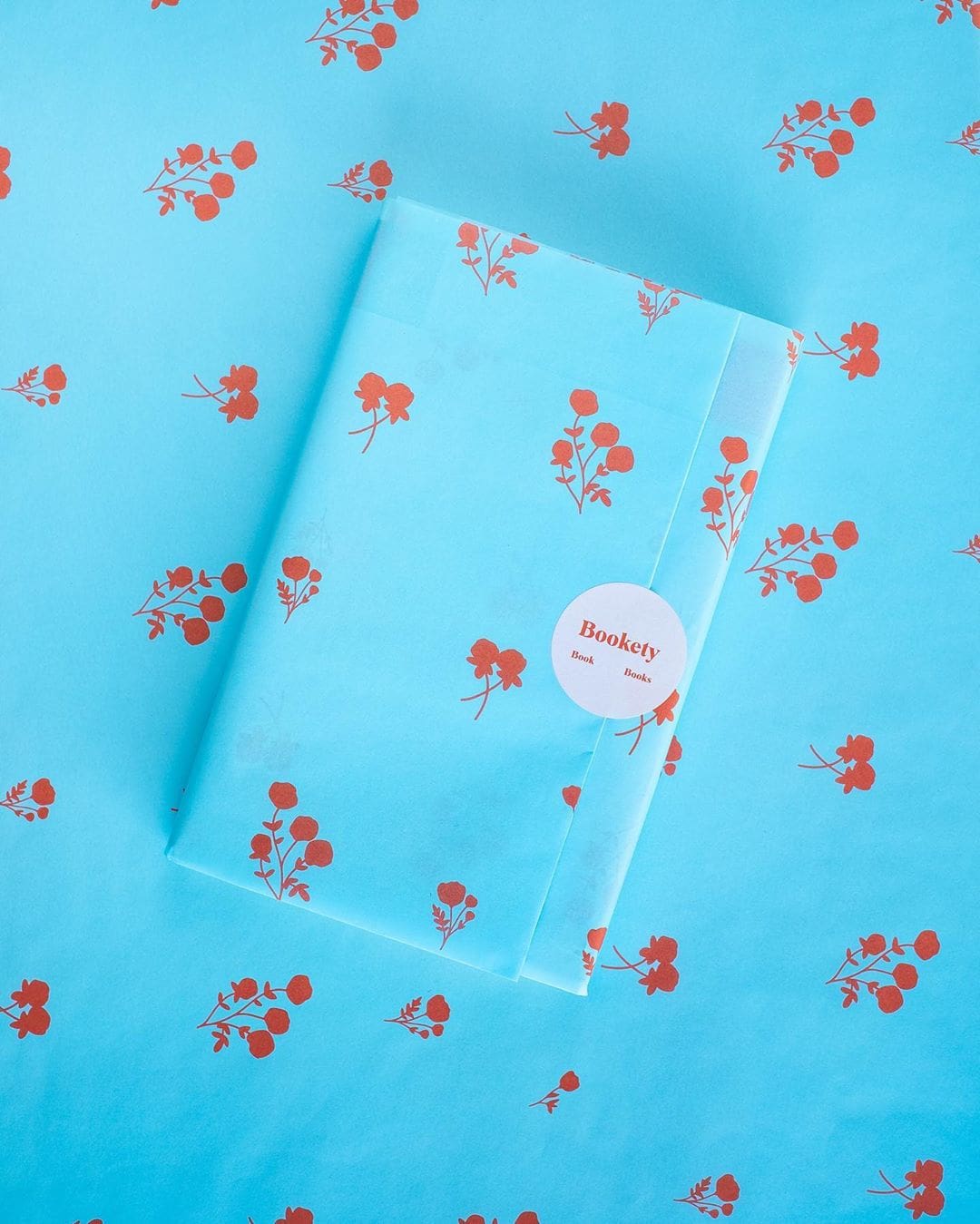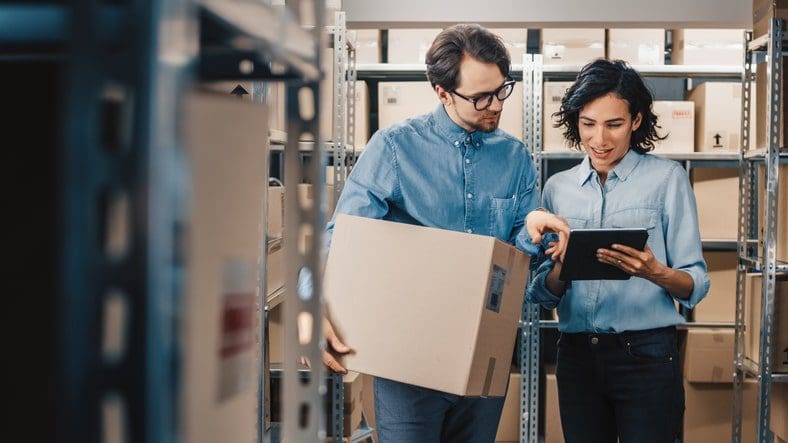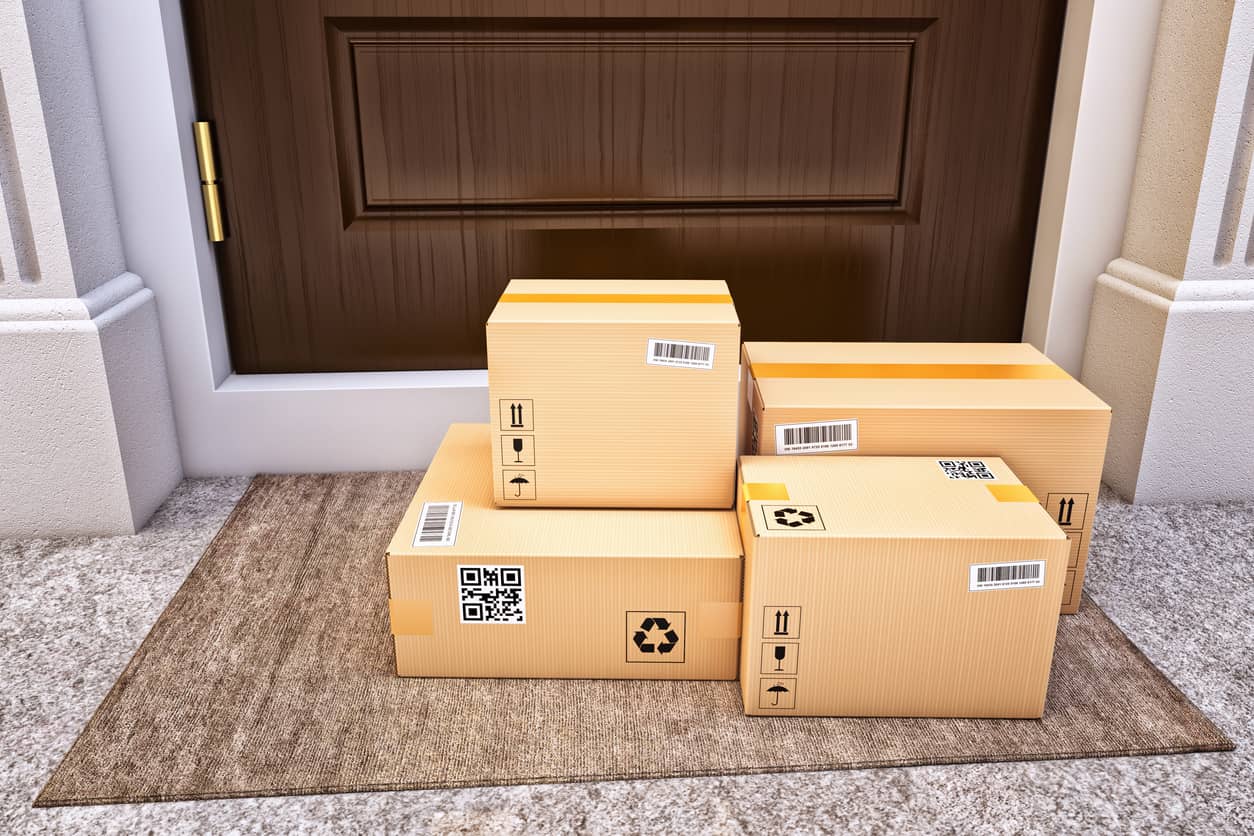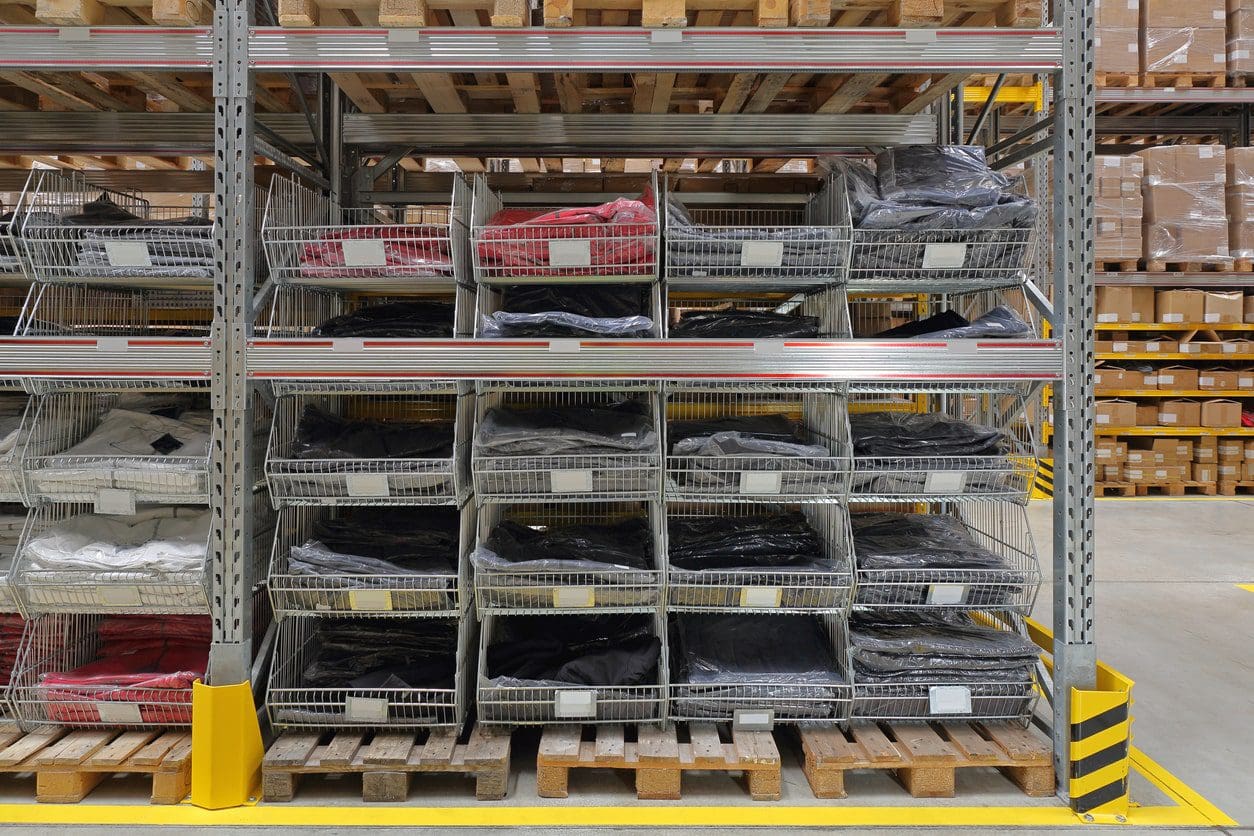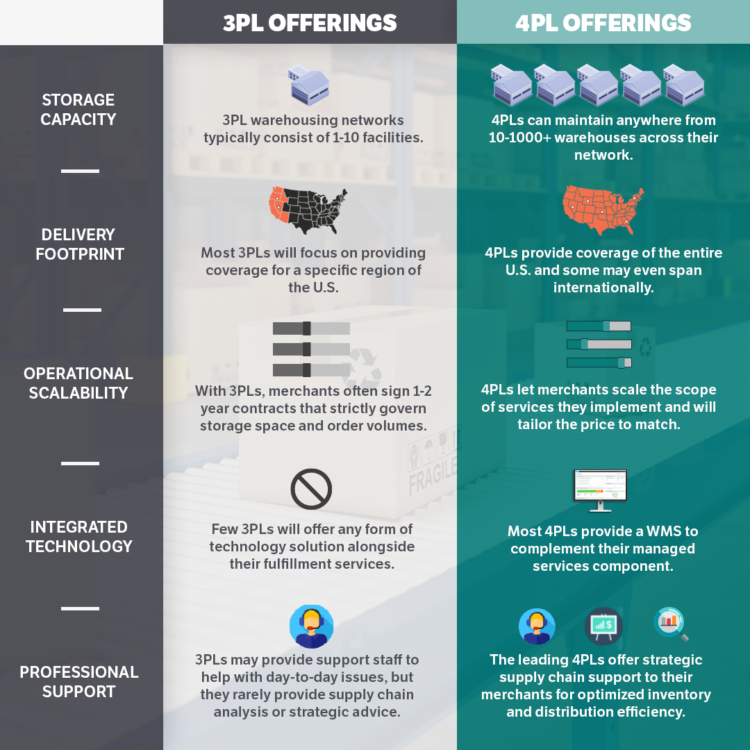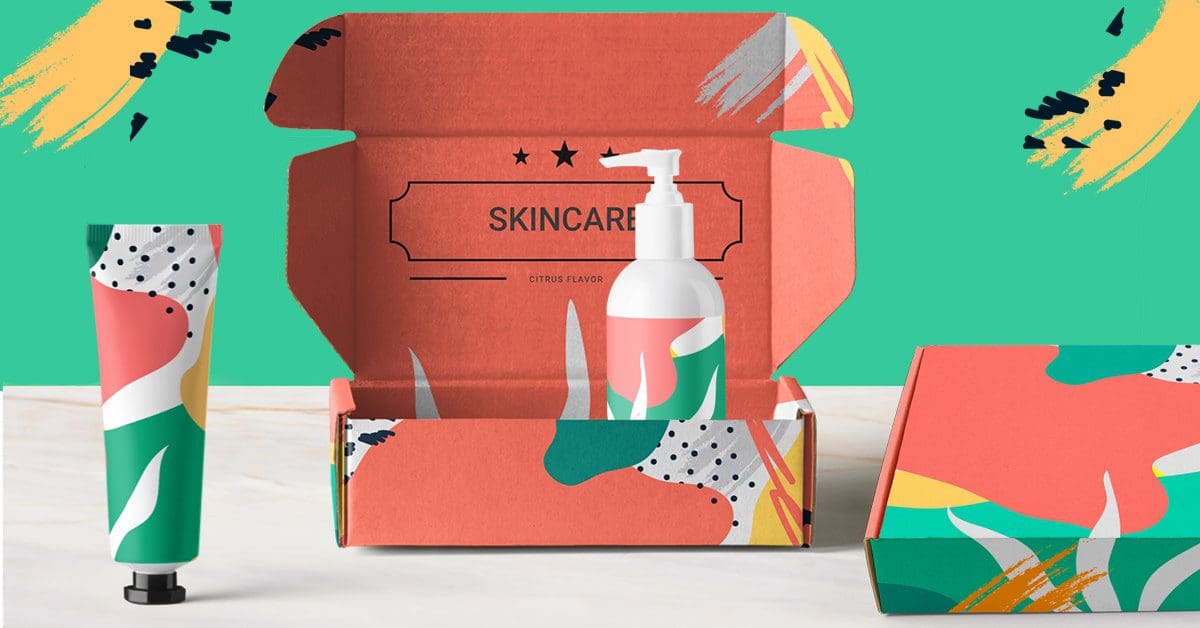How to Create a Strong and Scalable Brand Identity: a Beginner’s Guide
In 2021, there are many touch points that customers can interact with your brand through. With so many channels and so many competing businesses out there trying to make a name for themselves, it’s become all the more important to have a strong brand identity that scales across any channel.
There’s digital channels like your website, Facebook, Instagram, Pinterest, and other social media channels, and there’s also the offline experience, which includes your products and your packaging.
What is brand identity?
Your brand identity isn’t just your logo, your business or the products that you sell. It’s also the values you stand for, the experience you provide and the feelings this creates for your customer.
These intangible qualities of your business are ultimately what captures your customer’s mind, heart and attention.
Your brand identity also shapes the way people communicate your brand to others through word of mouth. Or as Amazon founder Jeff Bezos says, “Branding is what people say about you when you’re not in the room.”
With that in mind, here’s how to create a strong brand identity that scales.
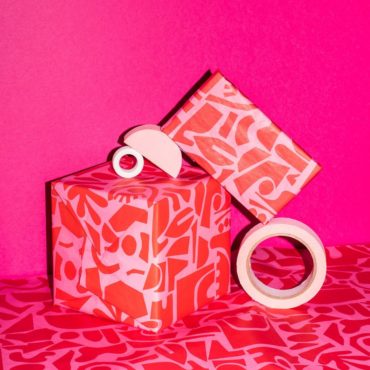
- Understand who you are selling to and the kind of experience you want to give them.
All great brands start with their customers, so knowing the qualities of the demographic your product or service is aimed at is incredibly important to shape the best possible experience for them.
Alongside their age, gender, income and occupation, some key questions to ask to identify them better could include:
- What interests and challenges your customer?
- What is the way they like to be communicated to, and on what channel do they most spend their time?
- What is their expectation of the way a brand should act in terms of ethics and values?
- What would your brand mean to them, and what experience would they be seeking from it?
- Come up with a strong value proposition, mission statement and personality.
Once you’ve gleaned the above information from the demographic you want to target, you have what you need to form a brand guidelines and build out your brand’s visual and written aspects.
This document should be stored in a place that everyone in your team can access for brand consistency as you start to scale. It also informs how your brand behaves in every interaction it has with customers, while laying out the key essence of your brand’s identity.
This includes:
- A strong value proposition. This is what identifies your brand as unique in your particular industry. In order to succeed and build a strong identity, you need to be able to articulate clearly what makes your business different from the competition. What can you offer people that your competitors can’t? Keep an eye on other companies like yours are doing with their branding and see what works and what misses the mark.
- A mission statement. This will help you to act with intention in every decision you make in business. It also helps you form a clear vision for the future. What is the reason for your brand’s existence? Once you have figured this out, it can be shared across every channel with customers and become what they know and trust you for.
- Your personality and tone. There is no reason why you can’t think of your brand as personable like a human being – in fact, to connect with customers, it helps to identify human qualities within it. The language you use is just as important as visual attributes to represent your brand, so get specific on how you want to communicate. Is the tone of voice you’d like to have slick and professional, or informal and cheerful?
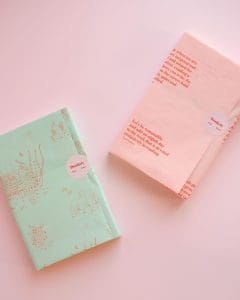
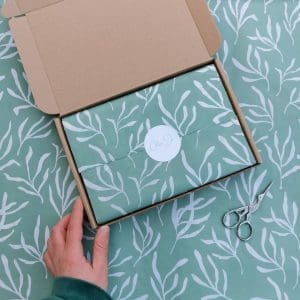
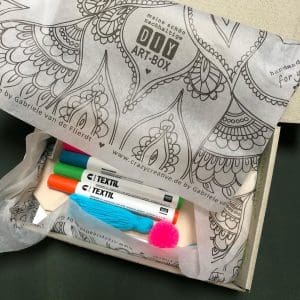
- Think about how you can bring that same experience to every channel.
As your brand starts to scale, the touchpoints you have with customers will start to stack up across multiple mediums. The most important thing to keep in mind is keeping your messaging aligned across all of them, which is where your brand guidelines will come in handy.
Each channel will need its own treatment (think varying image dimensions and character limits) but there should be unifying elements, too. How can you bring your brand’s unique identity to your website, your social media channels, your product packaging, and your shipping packaging?
Tip: For ecommerce brands, a great way to translate your brand from online to offline and establish a link for your customers is to use custom packaging that uses your unique logo, colors, icons, or illustrations. If you want to bring your mission statement into it, a custom card is always a great option for telling your story.
- Keep it consistent.
Consistency is absolutely key, so don’t send customers mixed messages about your brand’s identity. As you scale up, any visual or written content you associate with your brand and share with your audience should be relayed back to the founding document you’ve created of your brand’s identity.
If you have the time and resources, it’s a good idea to break the master document down to a brand guidelines for each specific channel to ensure any content or communication is as effective as possible.
- Track performance metrics to measure the way your brand is resonating.
Once you’ve shared your brand identity with the world, it’s important to monitor feedback from your customers to see whether your communications are hitting the mark.
Keep track of engagement through likes, comments, discussions, surveys, emails, and Google Analytics to see how people are interacting with your brand and if the sentiments coming through are mostly positive or negative.
If you have a team that’s in charge of different channels, ensure there is a reporting system in place (such as a fortnightly or monthly meeting document) where you can review engagement and feedback on your brand, and look for room for improvement.
Wrapping It Up
We hope these ideas for scaling a strong brand identity that scales have helped you! Crafting a strong brand identity means consistently using your unique brand colors, language and other aspects until your brand achieves recognition for what you stand for beyond the name and logo.

